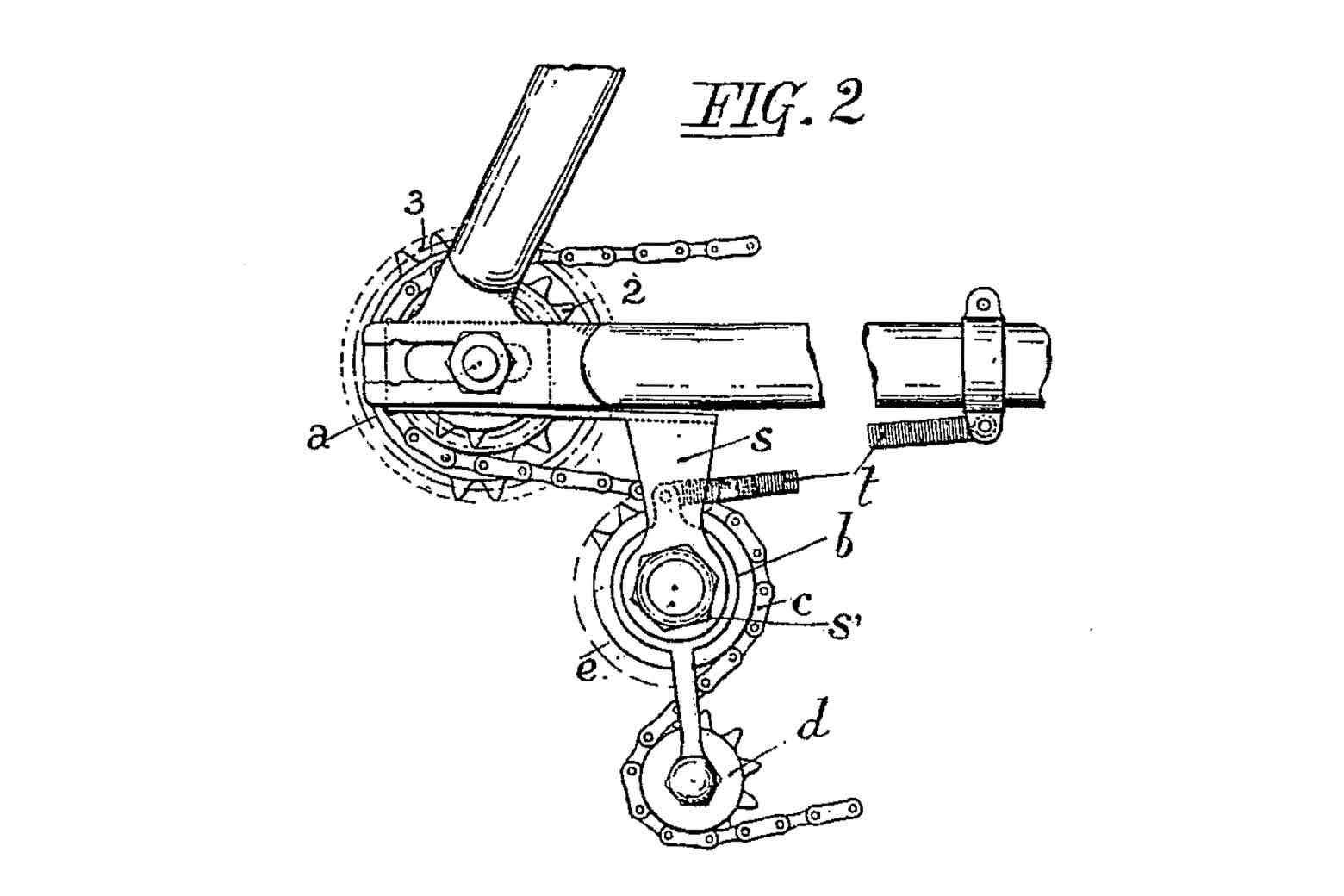


DISRAELI DOCUMENTS
see also Jules Dubois - 1923 photo
see also Jules Dubois - 1923 photo
see also French Patent # 439,224 - Chemineau 1912
see also French Patent # 439,224 - Chemineau 1912
see also French Patent # 530,691 - As 1920
see also French Patent # 530,691 - As 1920
see also TCF Rev Mens - 07/1921 Troisième championnat de la bicyclette polymultipliée
see also TCF Rev Mens - 07/1921 Troisième championnat de la bicyclette polymultipliée
see also TCF Rev Mens - 06/1922 Le Concours de Bicyclettes polymultipliées de Chanteloup
see also TCF Rev Mens - 06/1922 Le Concours de Bicyclettes polymultipliées de Chanteloup
see also TCF Rev Mens 08/1922 - La Semaine d'Auvergne
see also TCF Rev Mens 08/1922 - La Semaine d'Auvergne
see also French Patent # 567,964 - As 1922
see also French Patent # 567,964 - As 1922
see also TCF Rev Mens - 11/1922 Des nouveautés dans le cyclisme
see also TCF Rev Mens - 11/1922 Des nouveautés dans le cyclisme
see also TCF Rev Mens - 06/1923 Les résultats du 5e Championnat de la Bicyclette polymultipliée
see also TCF Rev Mens - 06/1923 Les résultats du 5e Championnat de la Bicyclette polymultipliée
see also TCF Rev Mens 07/1923 - Automoto ad
see also TCF Rev Mens 07/1923 - Automoto ad
see also TCF Rev Mens 08/1923 - Automoto ad
see also TCF Rev Mens 08/1923 - Automoto ad
see also French Patent # 582,247 - Cyclo 1924
see also French Patent # 582,247 - Cyclo 1924
see also TCF Rev Mens - 06/1924 Le 6e Critérium de la Bicyclette polymultipliée
see also TCF Rev Mens - 06/1924 Le 6e Critérium de la Bicyclette polymultipliée
see also French Patent # 992,495 - As 1949
see also French Patent # 992,495 - As 1949
see also New Cycling 05/1981 - '81 Derailleur Collection
see also New Cycling 05/1981 - '81 Derailleur Collection
‘L’As’ (‘The Ace’) and the ‘Super As’ (‘Super Ace’) were two early derailleurs that were most closely associated with one Claudius Bouillier. Claudius Bouillier is an undeservedly obscure figure in the history of the derailleur - Frank Berto refers to him merely as a ‘draftsman’ - but his story goes like this:
Claudius Bouillier is not a well known figure in the history of the derailleur. However he held four important early patents. More than this, two of these patents were for the ‘Le Chemineau’ and the ‘Le Cyclo’ designs - the two most influential designs of the time. Not too bad for a mere draftsman.